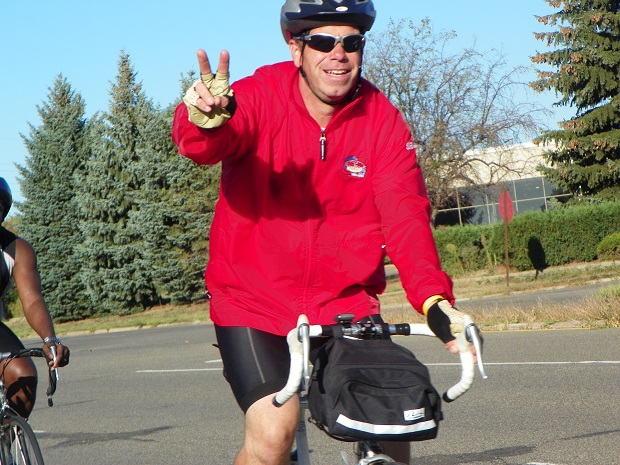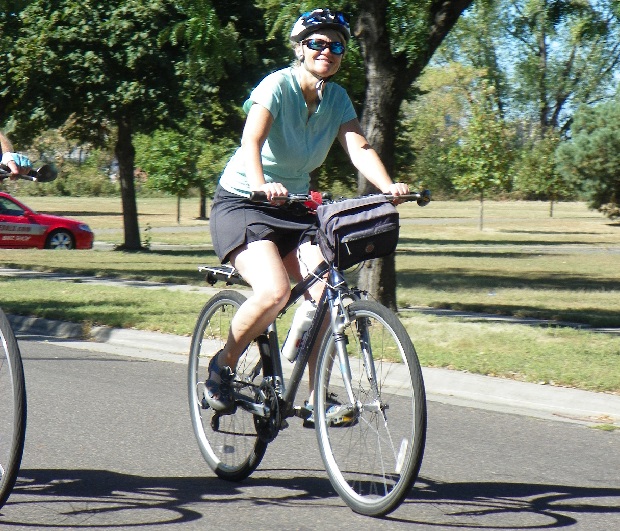Having a heart attack or any other cardiac event can be scary: it can also give you a wakeup call about the lifestyle you are currently leading. After experiencing a significant health incident, many people realize they are consuming the wrong foods or leading a lifestyle that lacks sufficient physical activity. Getting into the saddle and taking up cycling is a beautiful form of exercise and can be particularly beneficial to those who have recently experienced significant surgery. Using a bicycle can have as low or high an impact as you need, and it is relatively easy to get started. Here are a few tips for bicycling after a heart attack or other cardiac incident.
Take Things Slowly

After a cardiac incident, it can be tempting to immediately attempt to remedy the reasons for your health scare and begin a vigorous exercise routine. However, this could cause more harm than good by placing too much strain on your heart. Instead, you should begin any new exercise routine, such as starting to cycle, very slowly, and you shouldn’t jump into the saddle until you’ve received a thorough checkup and approval to begin exercising from your physician. Most people can start to exercise between two to four weeks after they have experienced a heart attack. Light to moderate-intensity physical activity is what most physicians recommend after a heart attack, and cycling fits this requirement perfectly. You can begin by taking short journeys on flat routes and increasing the duration and intensity of your daily cycle as time passes.
Share Your New Hobby
Cycling is a beautiful social and sporting activity: it is something you can enjoy with your friends, your spouse, and your family; even the youngest members (grandchildren, perhaps) will enjoy taking part in a communal bike ride. The best way to take up a new hobby, such as cycling, and stick with it is to make it a habit. Involving your loved ones in this is an easy way to ensure you regularly get on your bike. You can also join one of several local cycling groups and clubs, which is a great way to meet like-minded people and share your passion for your new hobby. Another great way to ensure that you cycle regularly and stick with your newfound hobby is to use your bike as your everyday transport; if it’s achievable, why not cycle to work or your local grocery store? This will ensure you achieve your recommended 30 minutes of exercise daily, while providing a platform to improve your cycling skills and build your confidence in the saddle.
Don’t Worry About Your Gear

Cycling can be an expensive sport; certainly, competitive cyclists spend a significant amount of money on their bikes, gear, and other riding equipment. If you find that you are joining a cycling club and begin taking part in road races or charity bike rides, you may want to upgrade your cycle and invest in a new bike. However, any bike will suffice when you’re just starting or want to cycle to and from work for a bit of exercise. There’s no need to worry about your bike or how it looks: jump in the saddle and enjoy the ride.
You’re Never Too Old
Many people are concerned that once they have experienced a heart attack, they’re too old to take up an active exercise such as cycling, and that it may be detrimental to their health. Leading a sedentary lifestyle can be dangerous and can leave you feeling sluggish, with high risks of suffering from serious illnesses such as heart disease and diabetes. While exercising regularly may carry minor risks, such as pulling or straining a muscle or sustaining minor cuts and scrapes if you fall, the risks associated with not exercising are far more significant. So jump in that saddle, get on your bike, and experience the joy that arises when you experience the freedom of a fantastic bike ride.
Helen Curtiss is a U.S.-based writer and editor who initially worked in the healthcare sector, helping people with nutrition and fitness. When she became a mom, she took a step back and decided to start a career in freelancing, allowing her to raise her kids.
Editors note;
If your new exercise program is interrupted for a few days (due to illness, vacation, or bad weather, for example), ease back into the routine. Begin with a reduced level of activity and gradually increase it until you return to your original level. And have fun!


